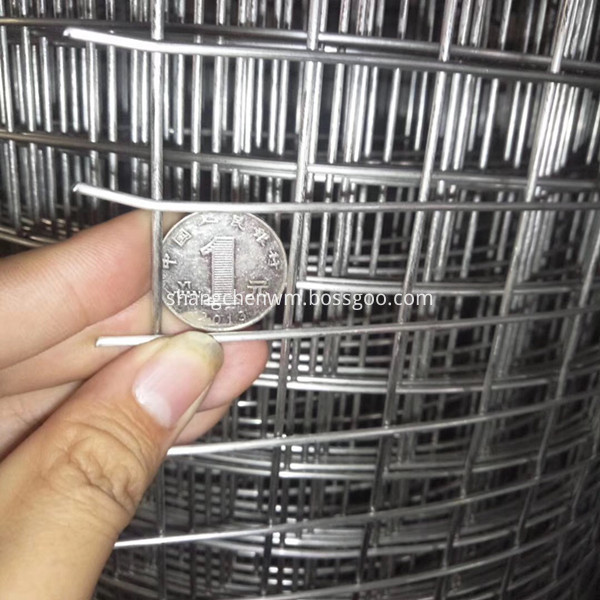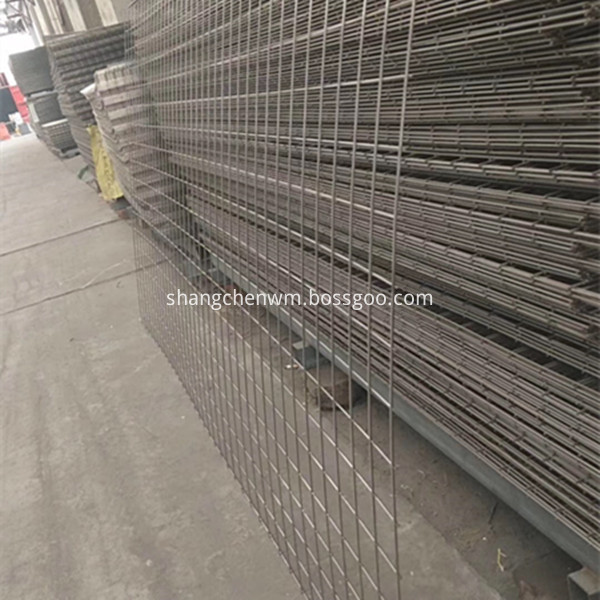Alias: Jasmine, Two-Tone Jasmine
Family: Solanaceae (Nightshade Family)
Botanical Name: Cestrum nocturnum (commonly known as "Jasmine" due to its fragrance)
Morphological Features:
This is an evergreen shrub belonging to the Solanaceae family, typically growing up to 1.5 meters in height. The leaves are alternate, elongated, and glossy. Flowers appear singly or in small clusters at the tips of new growth. Each flower is funnel-shaped, measuring about 4.5 to 5 cm in diameter, and emits a strong, sweet fragrance. The flowers start off with a deep lavender color, then gradually transition to pale blue, and finally turn white. This unique color change allows for multiple colors to be seen on the same plant at once, creating a visually striking display.
The bark is gray, and the single leaves are arranged alternately along the stems. The flowers resemble those of the plum tree, with their bright and elegant appearance. Initially, they bloom in a deep lavender hue, then shift to a soft blue before finally becoming pure white.
Due to this gradual blooming process, it often appears as though all the flowers are open at the same time, giving off a rich, jasmine-like fragrance. This characteristic is why it's commonly referred to as "Jasmine."
Because of its beautiful color changes and pleasant scent, two-toned jasmine has become a popular ornamental plant in many gardens and homes.
Origin:
Two-colored jasmine is native to tropical regions of South America and has been widely introduced and cultivated around the world.
Growth Habits:
It thrives in warm, humid, and sunny environments but is sensitive to cold temperatures. It does not tolerate frost and prefers indirect sunlight rather than intense direct light. It requires well-draining, fertile, and slightly acidic soil. In winter, it should be kept in a temperature above 10°C (50°F) to prevent damage.
Cultivation & Propagation:
This plant can be propagated through cuttings or layering. In colder regions, it is often grown in pots and moved outdoors during the summer to enjoy full sun. During the growing season, regular fertilization is recommended. In spring, repotting or changing the soil is advised. As the weather cools, it should be brought indoors and placed in a sunny location. For optimal winter survival, keep the temperature above 12°C (54°F). In southern China, it can be planted directly in the garden for outdoor decoration.
Applications:
With its graceful form and stunning blooms that transition from deep blue-purple to soft blue and finally to white, two-colored jasmine is an eye-catching ornamental plant. It is ideal for decorating small courtyards, entryways, and indoor spaces. In warmer climates, it can be used as a flowering shrub in open fields, adding beauty and fragrance to any landscape.
Welded Wire Mesh
The welded wire mesh including high quality low carbon steel welded wire mesh, stainless steel welded wire mesh, galvanized welded wire mesh, PVC welded wire mesh, etc.
Weaving type and characteristics: galvanizing before or after welding, hot-dipped, electro galvanizing, PVC coating. Strong corrosion-resisting and oxidation-resisting etc.
Usage of welded wire mesh: Widely used in industry, agriculture, building, transportation, mine, playground, lawn, cultivation, enclosure fence, decoration, machine protection, etc.


Welded Wire Mesh,Galvanized Welded Wire Mesh,PVC Coated Welded Mesh,Stainless Steel Welded Mesh,Black Welded Wire Mesh,Stainless Steel Welded Wire Mesh,Welded Wire Mesh Sheet,Stainless Steel Wire Mesh Sheet
ANPING COUNTY SHANGCHEN WIREMESH PRODUCTS CO.,LTD , https://www.scwiremesh.com